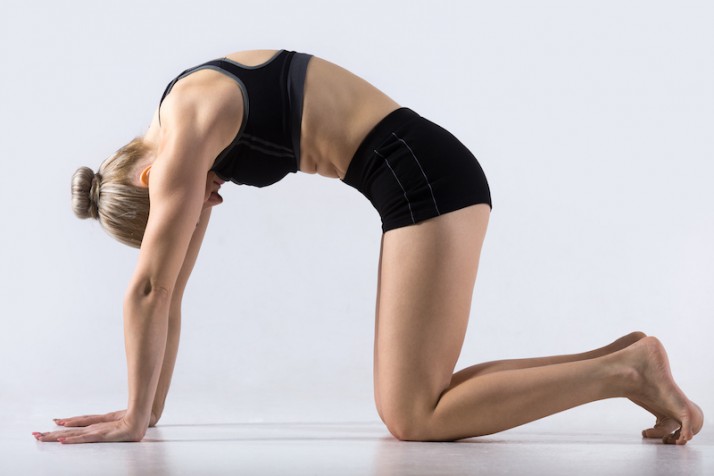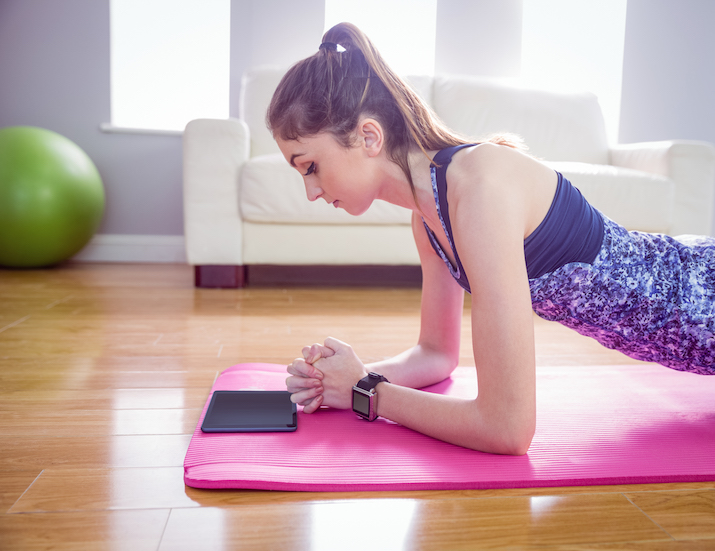 Chronic pain is a relentless companion for millions of people around the world. Whether it’s back pain, arthritis, fibromyalgia, or any other persistent discomfort, the quest for relief can be a never-ending struggle. However, there is a ray of hope that doesn’t involve painkillers or surgeries: exercise. Engaging in physical activity can not only lower chronic pain but potentially help you bid it farewell.
Chronic pain is a relentless companion for millions of people around the world. Whether it’s back pain, arthritis, fibromyalgia, or any other persistent discomfort, the quest for relief can be a never-ending struggle. However, there is a ray of hope that doesn’t involve painkillers or surgeries: exercise. Engaging in physical activity can not only lower chronic pain but potentially help you bid it farewell.
Understanding Chronic Pain
Before delving into the potent impact of exercise on healing, it’s important to understand the distinction between chronic pain and acute pain. Acute pain, such as a minor injury, is typically short-term and acts as a warning signal. Chronic pain, in contrast, persists for prolonged periods, extending beyond the initial injury or illness and can significantly affect an individual’s life, both mentally and physically. It often leads to conditions like depression, anxiety, and an overall decline in well-being. Addressing chronic pain requires more than just masking it with medication. It involves identifying and treating its underlying causes while enhancing the body’s resilience.
I have been in chronic pain myself and it took six years to be completely out of pain and back to a normal pain-free life. I was very fortunate to find people to help me recover and alleviate pain. It was with the combined work of doctors, chiropractors, massage therapists, and trainers that I recovered without having injections, surgeries, or invasive procedures. But remember, it’s a long process. Even if you have the surgeries and procedures, it’s still a marathon, not a sprint.
It’s also important to see your physician and try to work with a physical therapist first. They can make sure by exercising that you’re not causing more damage to your injury and can workout with a trainer safely. They will also be able to tell you whether or not to push through the pain or to stop when you feel it. A personal trainer can’t tell you for sure you’re not hurting yourself without the proper tests from a doctor.
Regular exercise stands as a potent tool in battling chronic pain. It triggers the release of endorphins, reducing pain perception and enhancing well-being. Exercise strengthens muscles and joints, lessening strain on painful areas. It also improves blood circulation, aiding tissue repair. Activities like yoga improve flexibility, crucial for those with limited mobility. Managing weight through exercise reduces pressure on the body, particularly for chronic pain linked to obesity.
Types of Exercise for Chronic Pain

The type of exercise that can help with chronic pain varies depending on the condition and individual preferences. Here are some effective options to look into:
- Aerobic Exercises: Low-impact aerobic activities like walking, swimming, and cycling can improve overall fitness, boost circulation, and help manage pain conditions.
- Strength Training: Resistance training using weights or resistance bands can build muscle strength, offering better support to your body and reducing discomfort.
- Yoga and Pilates: These mind-body exercises focus on flexibility, balance, and relaxation. They are excellent for conditions like fibromyalgia and chronic back pain.
- Tai Chi: This ancient Chinese practice combines slow, flowing movements with deep breathing and is known for its ability to reduce pain and improve balance.
- Water-Based Exercises: Swimming and water aerobics are gentle on the joints, making them ideal for those with arthritis or joint pain.
I had a very interesting injury that all of the above was too much for me. I had an injury to my sternum that caused ribs to constantly and unexpectedly move out of place. It was painful to breathe and holding anything with any kind of weight was difficult.
So, if you have an injury like mine that took you to absolute zero, here is where you should start:
- Muscle function: Test your range of motion. If you lift your arm and it doesn’t go all the way up over your head, work on it. The better muscle function, the better you’ll feel. Also focus on small muscles, they do much more than people realize. Move your toes, ankles, wrists, ext.
- Get Moving: If you can only walk, walk more. Get a pedometer on your phone or watch and push that goal each day. Even if your goal is 1,500 steps, the next day go for 1,600.
- Exercise Other Areas: If you have a shoulder that you can’t workout because it causes pain, workout the other arm. A lot of that strength you build will translate to your weak side. If your injury is upper body, workout your lower body. I personally used this method for my recovery and am constantly adding more as I am able.
Getting Started Safely
It’s important to remember that starting an exercise routine when you have chronic pain requires caution and consultation with a healthcare professional. Here are some general tips:
- Start Slowly: Begin with low-intensity exercises and gradually increase the duration and intensity as your body adapts.
- Listen to Your Body: If an exercise exacerbates your pain, modify it or try something else. It’s crucial to strike a balance between pushing yourself and avoiding injury. The phrase “No pain, no gain” is nonsense. Exercise should never hurt, and if it does, stop.
- Stay Consistent: Consistency is key. Regular exercise and movement will yield the most benefits in reducing chronic pain.
- Seek Professional Guidance: If you have any doubts or concerns, consult with a healthcare provider or physical therapist to develop a safe and effective exercise plan. I often work with people that have chronic pain so personal trainers are also a good resource.
In the end
Chronic pain need not be a life sentence. Embracing a regular exercise routine can be your pathway to relief and a better quality of life. The natural pain-killing, mood-enhancing, and body-strengthening effects of exercise make it a powerful tool in your arsenal against chronic pain. So, lace up those sneakers, roll out the yoga mat, or take a dip in the pool – your journey to a pain-free life begins with now.




